Laowa 50mm f/2.8 2x Ultra Macro APO for Micro Four Thirds Field Review
Over the past few months, pre-production copies of the new Laowa 50mm 2:1 F/2.8 Super Macro Lens for Micro Four Thirds (MFT or M4/3) had been going around among some M4/3 macro photographers. With COVID-19 lock-downs happening across the globe, there weren’t any photos taken in the field with this new lens. After Singapore’s circuit breaker (lock-down equivalent) eased, I approached Venus Optics to let me try this lens out so that we can do some real field tests rather than rely on lab reviews which miss out on so many important and practical points to consider when choosing a macro lens.
This is NOT an in-depth technical review, but a practical field report from almost 2 months of intense usage. During these 2 months, I allowed my usual DSLR setup to rest at home and tried to get the best shots with the new Laowa lens.
Equipment Used for Field Test
The lens arrived very shortly. BUT, I didn’t have any M4/3 camera! With my friend Victor Cheah’s help and the generous loan of an Olympus PEN-F with his custom-made Victor flash diffuser (THANK YOU!), I quickly put together a simple M4/3 setup for high magnification macro.
- Olympus PEN-F
- Laowa 50mm 2:1 F/2.8
- Viltrox JY-610II Flash with DIY Diffuser designed by Victor Cheah
- Small COB LED Focusing Light
Commonly Asked Questions
When I first received the lens, I asked for questions from the public about this lens, and have compiled the answers here.
What is APO, and what does it mean to me?
The Laowa 50mm is an APO (apochromatic) lens.
Achromatic lenses are corrected to bring 2 wavelengths (usually red and blue) into focus in the same plane. Apochromatic lenses are designed to bring 3 wavelengths (usually red, green, and blue) into focus in the same plane, and are also corrected for spherical aberration at 2 wavelengths.
What does this all mean to the layman? It just means that there is better control of chromatic aberration (less of those blue fringes between regions of high contrast). It will also have less bokeh fringing, leading to smoother out of focus backgrounds. i.e. better image quality.
How does it compare with the Laowa 100mm 2x? Which should I buy?
The Laowa 50mm is for Micro Four Thirds mount (Olympus and Panasonic only). The Laowa 100mm is for the typical DSLR full-frame mounts, such as Nikon F, Canon, Sony FE. You should not have to make a decision between the 2 lenses.
Does it have aperture coupling? Does it focus wide open?
Yes, the lens has no aperture ring, so aperture control is done via the camera body, and it can focus when the aperture is wide open.
This is probably the most welcome improvement over the older macro lens releases, largely due to the open specifications of Micro Four Thirds.
Any auto-focus?
This is a manual-focus lens. I usually recommend using manual focus for better precision in macro photography.
Does it focus to infinity?
It focuses from 2x to infinity. Just like the other classic Laowa macro lenses. 🙂
What is the working distance?
At 2x, it is about 44.45mm from the tip of the lens. Refer to the working distance table at the bottom of this review for a detailed list.
What is the focus throw?
The focus throw is 215°, which has a wider range than many other macro lenses, allowing for higher precision focusing. This is especially useful for tripod setups.
Is the front element recessed?
The front element is fixed and not recessed, so dust won’t collect inside and no spider is going to jump in.
How does it compare with the Olympus M.Zuiko Digital ED 60mm f/2.8 Macro Lens?
The last time I used the Olympus 60mm was 3 years ago when I reviewed the Olympus STF-8 Twin Flash so I can’t do a side-by-side comparison in the field. Honestly, I did not notice any obvious differences in image quality. So the key differences to note would be the lower magnification in the 60mm, the obviously longer focal length, and the auto-focus ability on the 60mm.
What is the price and where to buy?
The retail price at time of release is 399USD. You can either purchase it directly from Venus Optics or MacroDojo. Purchasing via MacroDojo helps me out a little bit. No obligations of course! 🙂
Field Trip Sample Photos
In total, I did 8 field trips over the span of 2 months, spending time figuring out the optimal settings to get the best out of this lens. Most of the shots here were photographed at 2x, unless otherwise stated. Here are the results!
Camera Settings
I used the settings below for most shots, unless otherwise stated.
- ISO 200
- Shutter 1/250s
- Aperture f/6.3 (2x) or f/8 (1x)
- Flash power ranges from 1/64 to 1/32
Ladybird mimic spider (Paraplectana sp.)
My initial test shots were set at f/11. The photo looks decent, but at 2x, the effective aperture is f/33 so if one were to pixel-peep, there would be some obvious diffraction. For more on ladybird mimic spiders, check out this article.
Treehopper (Coccosterphus sp.)
The diffraction is not very obvious when resized for viewing on the web. For those interested, I have a checklist for treehoppers as well.
Wagler’s pit viper (Tropidolaemus wagleri)
Many asked if the working distance was too short at 44.45mm. It was still very usable for me, and I was able to go up to 2x on this venomous pit viper. With proper flash diffusion, lighting wasn’t an issue too.
Planthopper (Dichoptera sp.)
Following the results with diffraction, I tried using wider apertures at f/5.6 and f/6.3. Sharpness improved considerably. This shot was a handheld stack of 3 shots. This planthopper belongs to the same family as the popular lantern bugs!
Tailless whip scorpion (Amblypygi)
At f/5.6, I found the DOF to be razor-thin and a little too uncomfortable. Personally, f/6.3 is a nice compromise.
Ogre-face spider (Asianopis sp.)
With stacks of 2 or 3 shots and at f/6.3, the DOF is pretty decent.
Huntsman spider (Heteropoda venatoria ♀)
This was shot at 1x, stack of 2 shots, revealing all the hairy details.
False lanternfly (Dictyopharidae)
A 2x lens on M4/3 image is equivalent to 4x on a full frame DSLR setup. Using this setup allows me to take close ups like this.
Panda caterpillar
One of the advantages of using a smaller sensor, is the deeper DOF. It allows us to get more details from a moving subject that is not possible to stack with. This caterpillar was moving around like a lion dance and almost impossible to stack.
Longhorn beetle (Pterolophia sp.)
Of course, when a subject is stationary, it would be a great opportunity for a simple stack and get tremendous amount of detail from the subject. For more longhorn beetles, view my Cerambycidae checklist.
Scorpion-tailed spider (Arachnura sp.)
One advantage of a small setup is that it allows us to approach subjects in deeper foliage with minimal disturbance.
Plant louse (Psyllidae)
With a lighter setup, it is also easier to hold everything steady with one hand.
Plant louse (Psyllidae)
For an idea on how small the subject is, here’s a shot of my friend attempting a shot of the plant louse.
Katydid nymph (Tettigoniidae)
After several rounds of experiments, I had settled with an aperture of f/6.3 for 2x, and f/8 for 1x.
Crab spider (cf. Tarrocanus sp.)
I had gotten very comfortable with close ups of most subjects at 2x magnification.
Orb weaver spider (Araneidae)
It would be obvious in my Flickr stream, with many more spider portraits recently.
Orb weaver spider (Araneidae)
Another view of the above spider, showing pseudo-eyes on its posterior.
Heavy jumper (Hyllus diardi ♂)
This is a heavily cropped shot to show the details and sharpness of the image.
Leaf insect (Phyllium chrisangi)
Just for fun, I stacked a relay system onto the lens, consisting of 2 Raynox close up filters, and a cctv lens. The high magnification allowed the cctv image to be relayed to the M4/3 sensor quite well. This is an experimental setup, so don’t try to look at the image quality. Image quality is typically low for cctv relay systems.
Leaf insect (Phyllium chrisangi)
Not everyday that we can get to photograph the subject together with the person whom it was named after. Meet Chris Ang with Phyllium chrisangi!
Leaf insect (Phyllium chrisangi)
The problem with such systems is that with a close working distance of 1cm (not due to the lens, it is a trait of such setups), the subject can easily climb onto the lens. Not really a disadvantage to me, as I love sticking the lens up close to the subject’s face. Once, I stuck the lens into a chameleon’s gaping mouth. But that’s another story…
Leaf insect (Phyllium chrisangi)
Here’s how the shot was taken. Wearing a mask to the field is quite an uncomfortable experience. Photo by Chris Ang.
Long-jawed orb weaver (Tetragnatha sp.)
Back to using just the Laowa 50mm. 🙂 This time, I tried making stacks of 5 shots to get a sharp image of the spider’s dentition.
Lynx spider (Hamataliwa sp.)
Some of us called this the monkey-face. It is actually a tiny little spider at about 3-4mm long.
Jumping spider (Viciria praemandibularis)
Once in a while, I would still attempt some shots at slightly wider than 1x.
Jumping spider (Viciria praemandibularis)
But who could resist shooting at 2x again?
Ground beetle (Drypta sp.)
Photographed this last weekend, a beautiful ground beetle with a matte look. Check out the deeply pitted face!
Huntsman spider (Gnathopalystes sp.)
Close up of a green huntsman spider, focusing on the yellow rings around its eyes.
Ogre-face spider (Asianopis sp.)
First time encountering a juvenile ogre-face spider! They look so bizarre up close.
Crane fly (Tipulidae) with mites
This poor crane fly was covered with mites, but could still fly around!
Ladybird mimic spider (Paraplectana sp.)
The first test shot in this post featured a red ladybird mimic spider. It is only apt to round it up with a juvenile, white ladybird mimic spider. 🙂
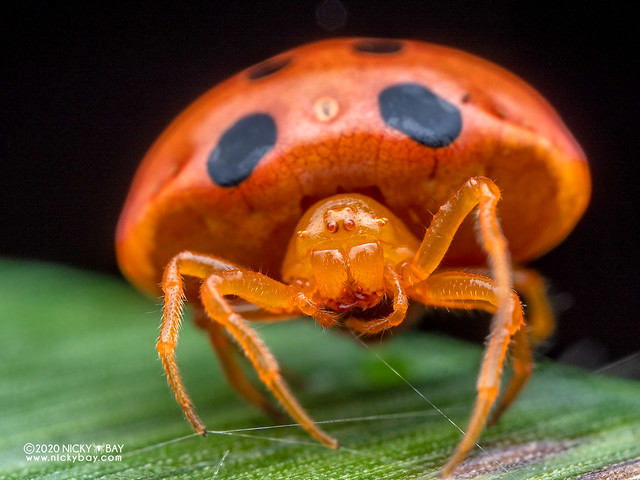
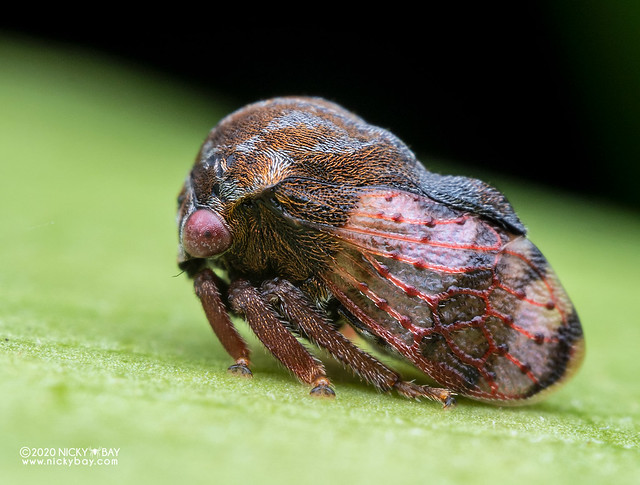
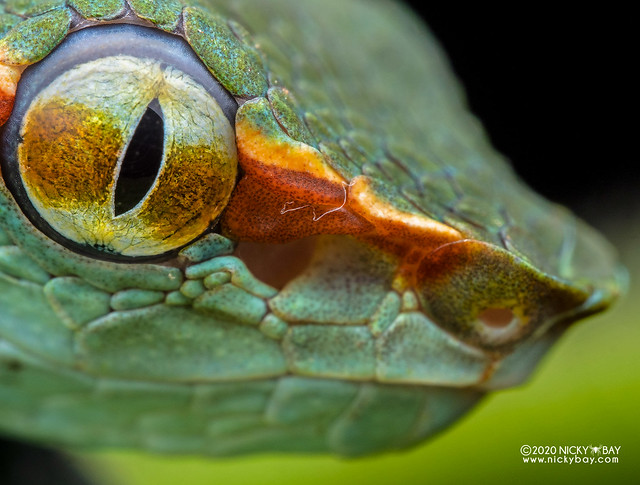


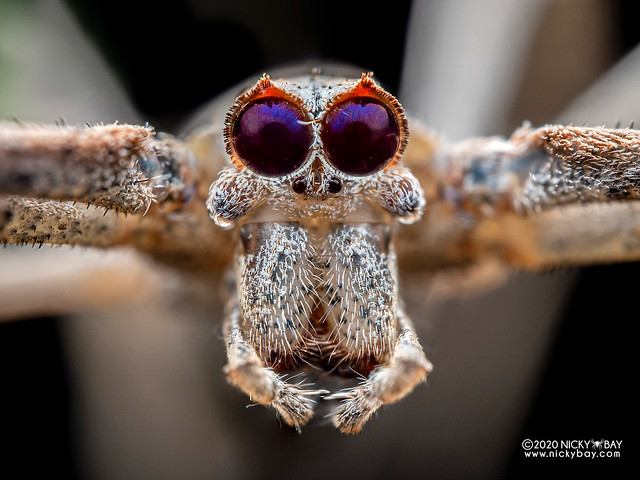

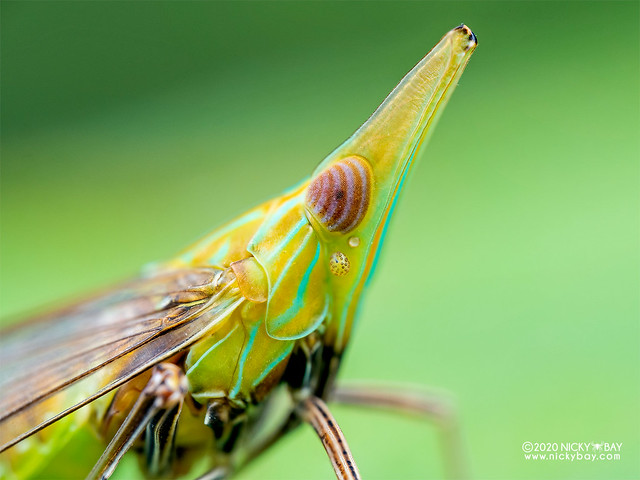









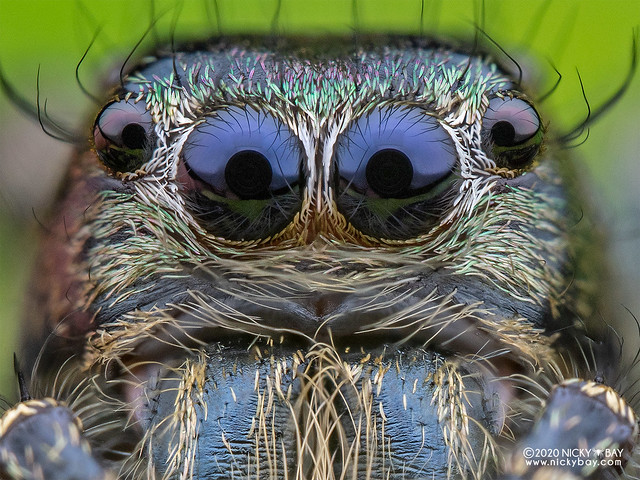



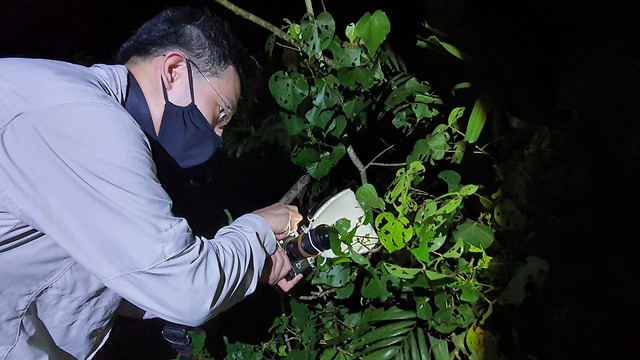
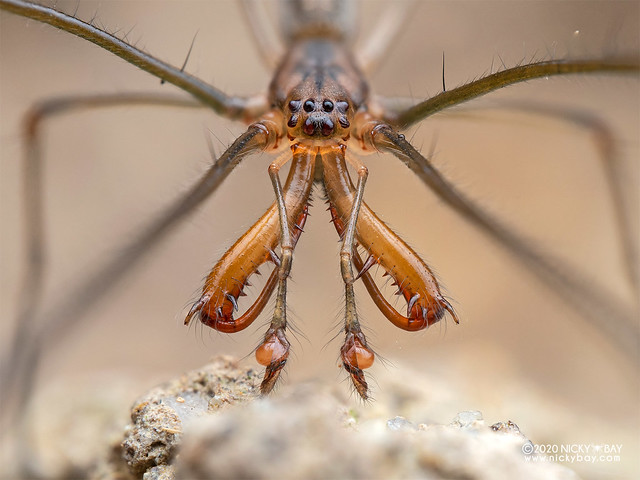

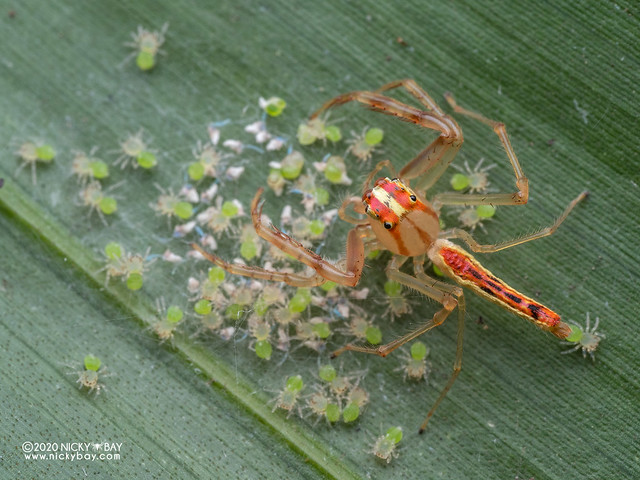




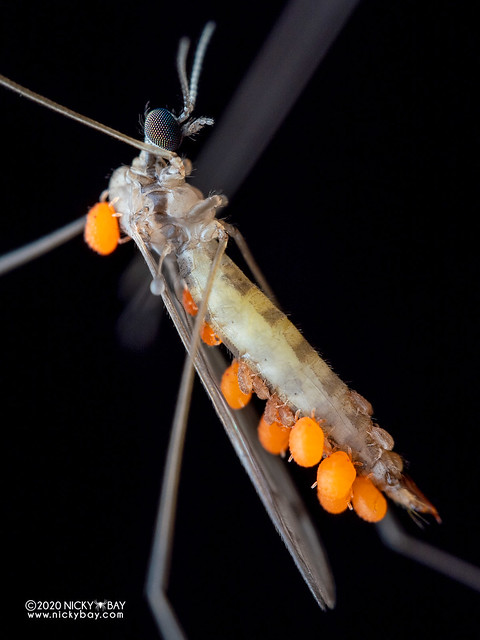

Technical Specifications
| Lens Name | Laowa 50mm f/2.8 2x ultra-macro APO |
|---|---|
| Focal Length | 50mm (equivalent to full frame 100mm) |
| Max. Aperture | f/2.8 |
| Angle of View | 24° |
| Lens Mount | M4/3 Only |
| Lens Structure | 14 elements in 10 groups |
| Aperture Blades | 7 |
| Min. Focusing Distance | 13.5cm (sensor to subject) |
| Min. Working Distance | 44.5mm (lens to subject) |
| Focus Throw | 215° |
| Max. Magnification | 2x |
| Focus Mode | Manual Focus |
| Filter Thread | ø49mm |
| Dimensions | ø53.5mm*79mm |
| Weight | 240g |
Working Distance Chart
| Magnification | Working Distance |
|---|---|
| 2x | 44.45mm |
| 1.75 | 45.20mm |
| 1.5x | 46.10mm |
| 1.25x | 49.40mm |
| 1x | 56.30mm |
| 0.75x | 70.00mm |
| 0.5x | 101.10mm |
| 0.25x | 201.40mm |
| Infinity | Infinity |
Conclusion
This field review includes only a small subset of the photos that I had taken with this setup. In total, I should have taken at about 3000 test shots and uploaded over 400 keepers. To see the other photos, I have compiled them into a Flickr album.
| Pros | Cons |
|---|---|
|
|
After 2 months with this lens, I had gotten really comfortable with this setup, and wouldn’t hesitate to chase after the really tiny subjects. In terms of sharpness, like most Laowa lenses, it is unparalleled once you get the aperture settings right. It is also one of the smallest macro lenses around and easy to pack. Really, what’s there not to love about this lens?
You can order the lens directly from Venus Optics or MacroDojo. Shipping starts from end August 2020. Purchasing via MacroDojo helps me out a little bit (I am not paid to write any of this). 🙂
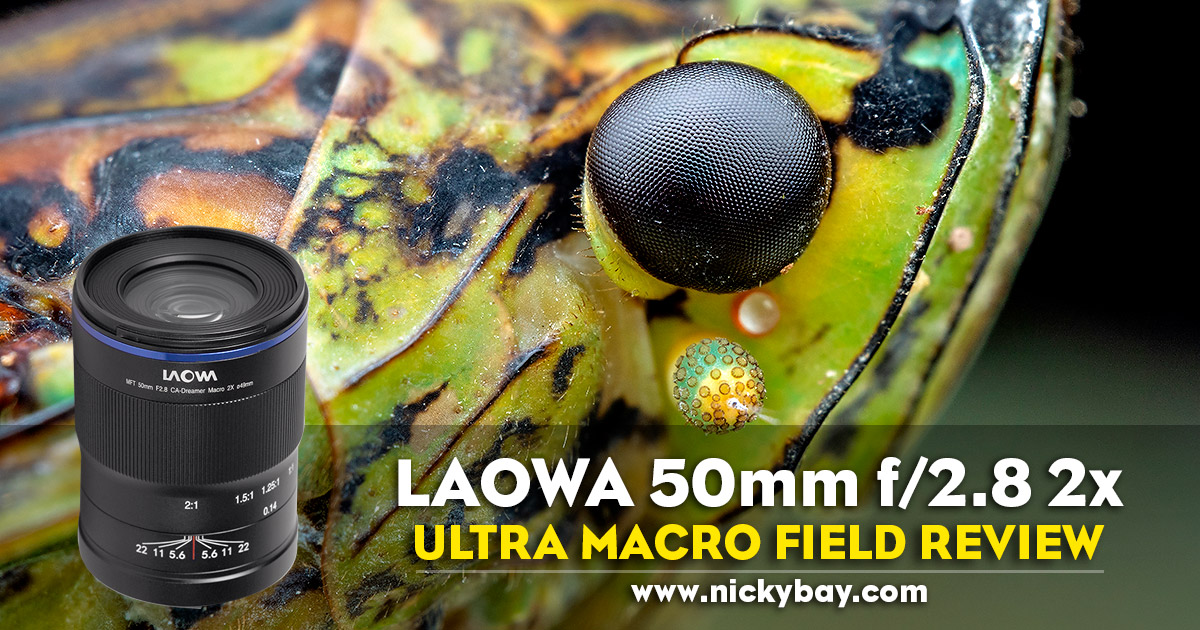



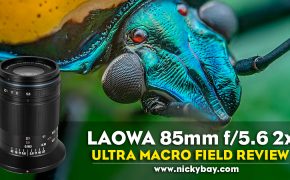
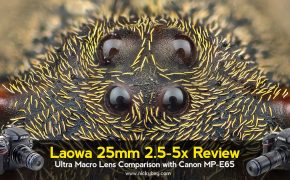
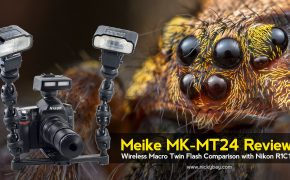
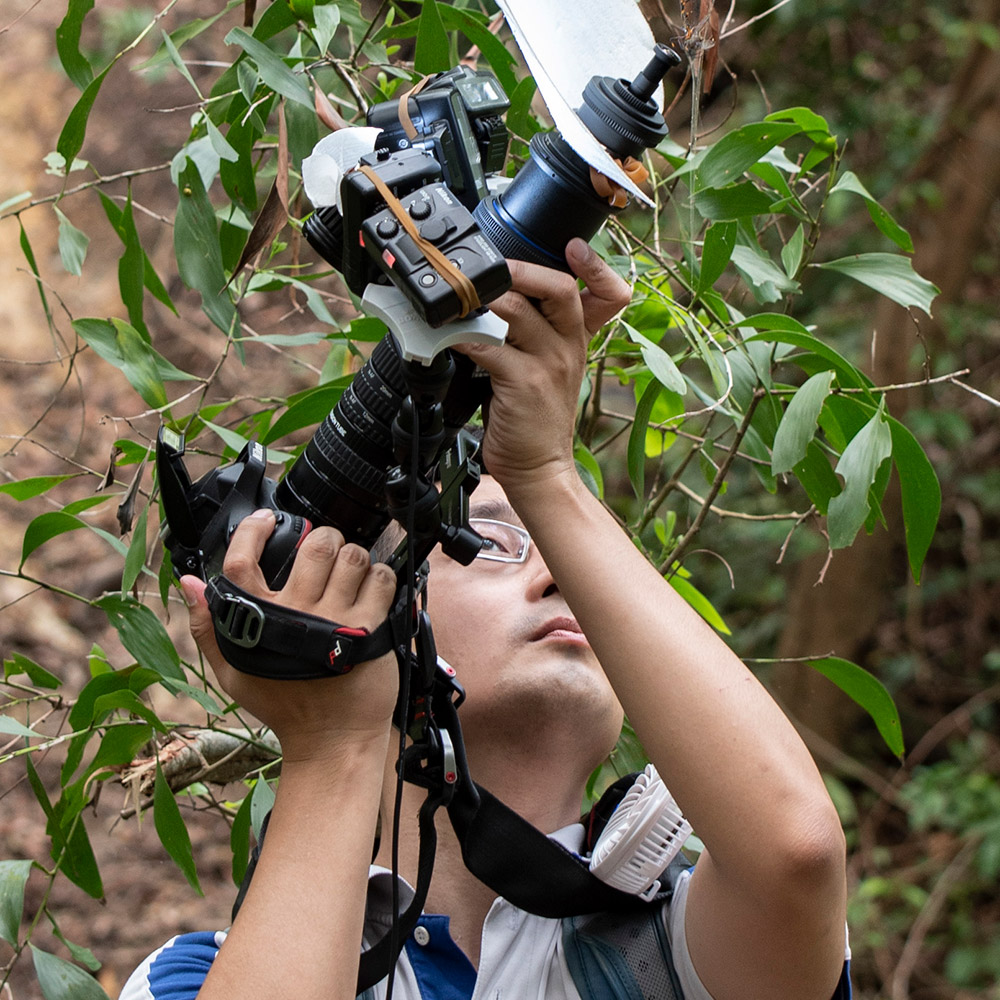










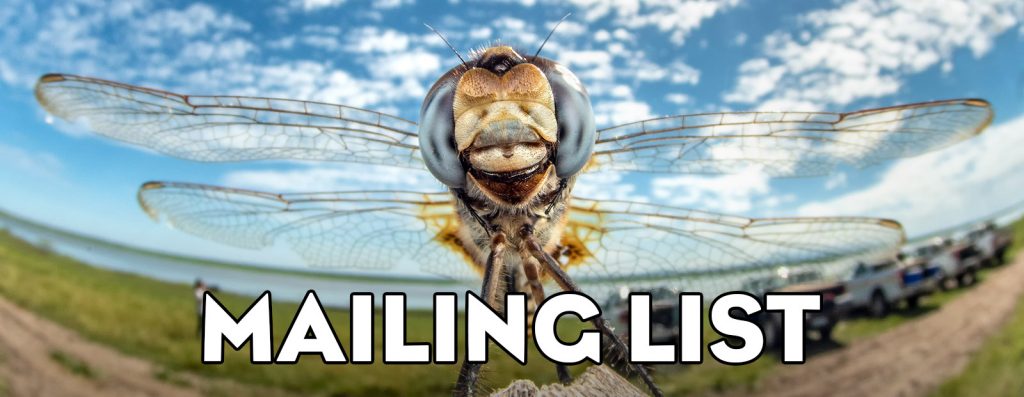
Wendy Forsey
Interesting review Nicky, thank you. I was intrigued by your LED focus light, and would really appreciate more information about it and where it can be bought.
Regards Wendy
Nicky Bay
Hi Wendy. I don’t really remember where I got it from, but there are many variants around. Just search for cob headlamp or cob LED.
Ron Westbroek
Hey Nick
Very nice review about this beautiful lens.
I shoot with an Olympus OM-D E-M1 Mark III and want to buy this lens.
Because I love macro photography.
Now I’m curious if the focus stacking and brackething function will continue to work with this lens.
Kind regards: Ron Westbroek
Nicky Bay
Hi Ron. As those features require control of the lens focusing from the camera body, they won’t work. The lens is a manual focus lens and doesn’t have a motor for focus control.
Interceptor121
Hi. Looking at the working distance from both sensor and lens I cannot see how this lens can achieve 2:1. Even if the lens pupil was at the edge of the front element which won’t be 44.45mm distance at 50mm makes a 15mm frame which is not 2:1. It would need to be 8.65mm?
Nicky Bay
Hi. The working distance specified here is defined by the distance between the subject and the front edge of the lens. From distance from subject to the lens pupil nor sensor.
Jan van Gastel
Hello Nicky,
Thanks for this very interesting and well documented review. Very nice and very high quality photographs! I have a Panasonic Lumix G9 camera and intend to buy this 50 mm Laowa lens for this camera. I hope it workes as well on my Panasonic camera as it does on your Olympus.
Cheers,
Jan.
WILDMACRO / Chris
Hey Nicky,
currently testing this lens for my MFT Setup.
It is a great lens and i enjoyed reading your review and seeing the example shots from the field trips. Brilliant angles and quality as usual.
One of the most important factors you mention is, that the sweet spot of the lens is around 5.6 or 6.3, especially for the 2x – from full frame or crop DSLR many people are used to f-stops like 8 or even higher for best sharpness and might be disappointed with the lens at first. When i switched from DSLR FF to MFT this was something i also had to discover and learn.
Keep up the great work, Cheers, Chris